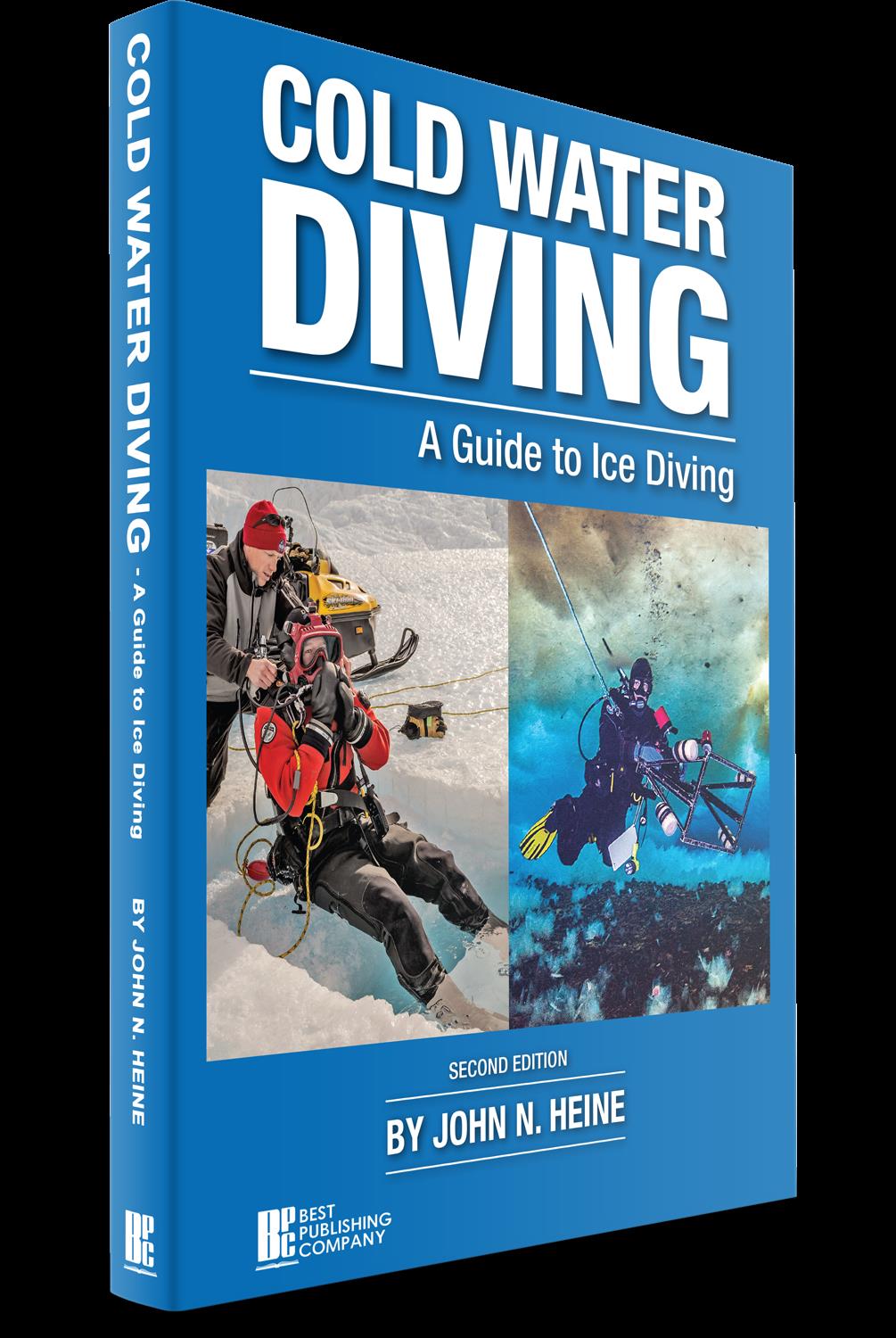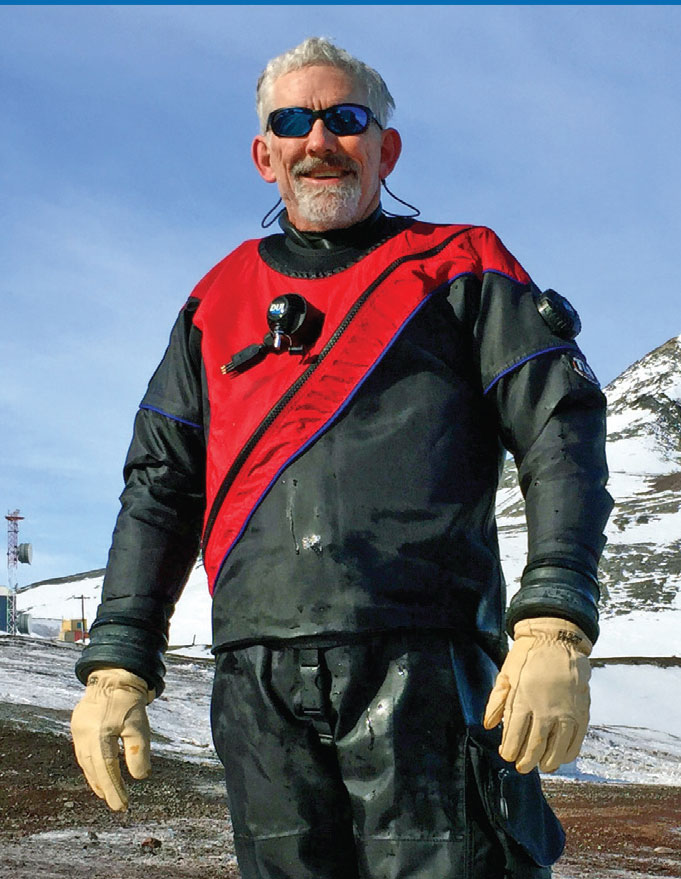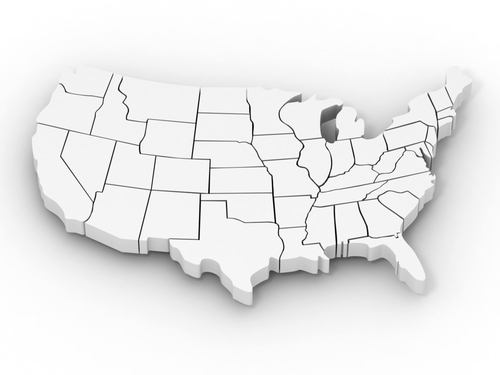Holiday Customer Support Closure
Please note that our customer support will be closed for the holidays starting December 24th through January 4th.
DEPTH Blog
Seasonal Thermal Stratification in Lakes
In this article we discuss lakes as a cold water and ice-diving enviroment. In future articles we will look at oceans, rivers, sea ice and fresh water ice.
Lakes in the temperate zone have a general seasonal pattern of thermal stratification. During the summer months, the upper two meters of lake water will absorb more than one-half of the sun’s radiation and will be warmed. A typical summer stratification has three distinct water layers. The epilimnion is the surface layer of warm water, typically 55°F (13°C) to 75°F (24°C), which reaches a depth of about 30-50 feet (10-15 m). Below this layer is a region of sharp decline in temperature, termed the thermocline or metalimnion. The temperature here can drop by as much as 30°F (15°C) in just a few meters of depth. The lowest layer of water is called the hypolimnion, which is a deep, cold, undisturbed layer of water that approaches the temperature of maximum density for freshwater: 39°F (4°C).
In the fall, as air temperatures begin to cool and the sun is not as high in the sky, the water cools to about 43°F (6°C), and wind-induced mixing of the water layers begins. This so-called fall turnover results in an isothermal condition in which the water temperature is about 39°F (4°C) from the surface to the bottom.
As winter ensues, further cooling of surface water occurs, and ice begins to form. A reverse stratification can occur in which colder (less dense) water overlies warmer (more dense) water.
In the spring, as ice melts and day length increases, the wind can induce a spring turnover that produces relatively isothermal water conditions of around 39°F (4°C). This is a general description of stratification in large temperate lakes, and many variations will be found due to climate, lake morphology, and movement of water masses.
Excerpted with permission from the publisher. Source: Cold Water Diving: A Guide to Ice Diving, Second Edition by John Heine.
Learn more about cold water diving!
Get More Free Diving Resources!
Enter Your Name and Email Below to Get More Free Resources for Divers!
When you subscribe to the blog, we will send you an e-mail when there are new updates on the site so you wouldn't miss them.









